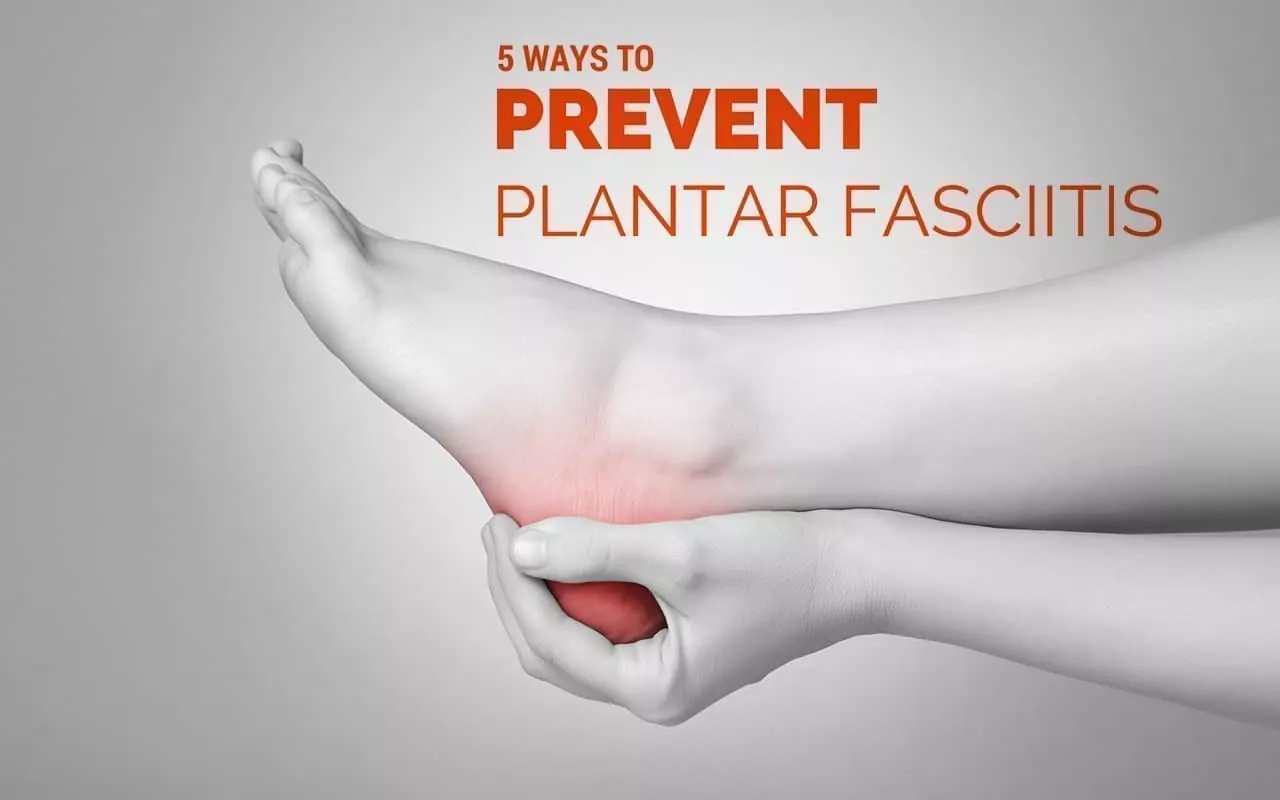The foot is one of our most constantly-used body parts that is made up of far more moving parts arranged in a far more complex manner than we may realize. It is no wonder, then, that chronic heel pain can be debilitating. Many of us will hear of Achilles tendons, bursar sacs, tarsal bones and the like and not give them a second thought. We barely ever even feel that they are there, regardless of how often we use them, so this is perhaps to be expected. However, when something goes wrong, this incredibly diverse and heavily-used part goes out of commission – and this can lead to even more impeded functionality on the whole.
What is Plantar Fasciitis?
One such malady that can sideline the functioning of our feet is called plantar fasciitis. Common in runners but also suffered by non-runners, this ailment manifests as stabbing pain in the heel area at the bottom of the foot. Many report feeling this upon awakening, with it being at its worst in the first few steps in the morning. Plantar fasciitis can be troublesome at first, but the initial pain tends to subside after the first few steps. However, the pain can also return to be an annoyance during long periods of standing, or when getting up from a seated position. As the name suggests, the pain comes from the inflammation of the plantar fascia, a thick band of tissue that normally works as a shock absorber. Repeated stress over time can result in tears in the plantar fascia, which will also swell because of the damage.
Why Do I Have Plantar Fasciitis?
Avoiding plantar fasciitis involves reducing your exposure to various risk factors. Plantar fasciitis can be a more likely outcome for you if you:
- Are between the ages of 40 and 60. There’s admittedly nothing you can really do about this, but knowing the greater likelihood will allow you to plan your lifestyle around avoiding excessive stress and overuse of the joint, which could result in injury no matter your age.
- Undergo certain types of exercise. Long-distance running, dance aerobics, and other exercises that tend to demand a lot of use of the heel for different movement purposes will be likely contributors to the possibility of damaging the plantar fascia.
- Are overweight. Obesity places much more weight on your entire lower body, causing your knee, ankle and heel joints to have to deal with supporting all that weight – especially if you engage in activity that requires a lot of movement. Reducing your weight can have a positive effect on reducing the likelihood of joint pains in the lower body over time.
- Have flat feet. Faulty foot mechanics such as having flat feet can result in problematic distribution of weight across what should be a carefully-constructed arch, in turn resulting in injuries in some parts of the foot that end up carrying more than they should.
- Work in jobs that keep you on your feet. Plantar fascia, like many other overuse injuries, can result when the joint is constantly put under stress. It stands to reason that the sort of jobs that keep you using your feet might eventually result in an overuse injury, if you’re not judicious with your breaks.
- Use shoes with poor support. While you might not have flat feet, if you put your feet in shows that create faulty foot mechanics, the same problems will come up. Poor support can result in an improper distribution of weight mechanics across the foot, which will in turn put more stress on some parts than they should be getting.
How to Prevent This Chronic Heel Pain?
There are various ways of preventing plantar fasciitis, and of dealing with pain when it shows up.
- Maintain a healthy weight level. Keeping your body weight down to a manageable, supportable level will keep your lower body from having to carry more than it’s designed to, and should minimize damage over the long term.
- Choose shoes with good support. Sometimes this may lead to picking pricier brands, but shoes with a good fit and good support will save you money in the long run. There are even well-designed shoes that don’t have to be of the costlier brand, so that’s not as much of a problem as it seems.
- Replace old shoes regularly. Along with the same idea of false thrift that leads people to pick cheap shoes with poor support, they can be misled into thinking it’s wiser to keep wearing shoes long after they’re no longer able to provide the same comfort and support they used to. This could backfire instead, resulting in this and possibly other injuries.
- Stretch your arches. There are many simple exercises at home that can develop the flexibility of the joint, keeping it supple and able to sustain more movement. When the joint goes unexercised for very long, it can lose flexibility.
- When in pain, ice it. As with any other joint injury that is accompanied by swelling, icing the joint can lead to reducing the pain sensation and allowing the cold to lessen the inflammation.
For more information on our Copper Infused Compression Ankle Sleeve, Click Here!
